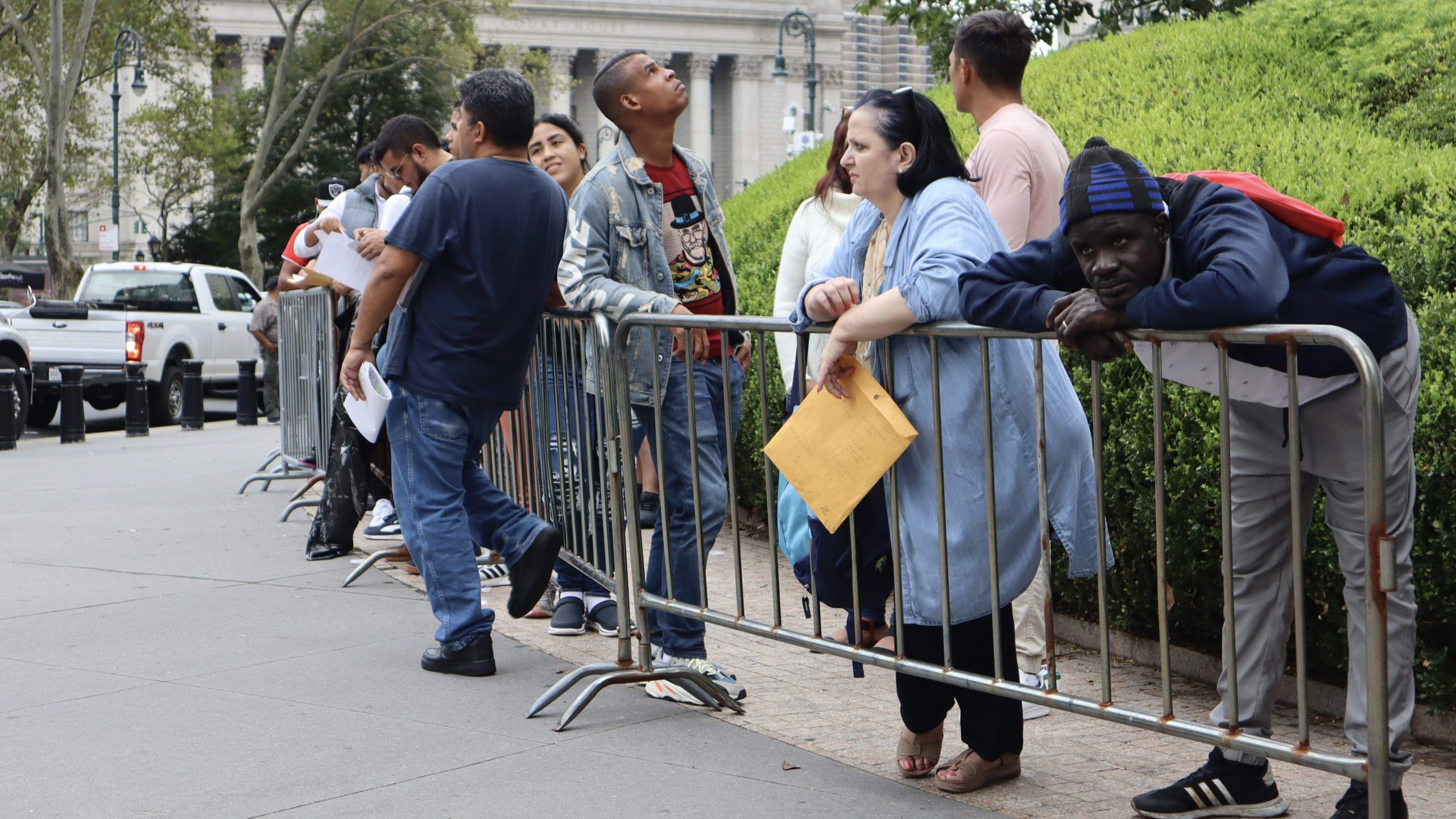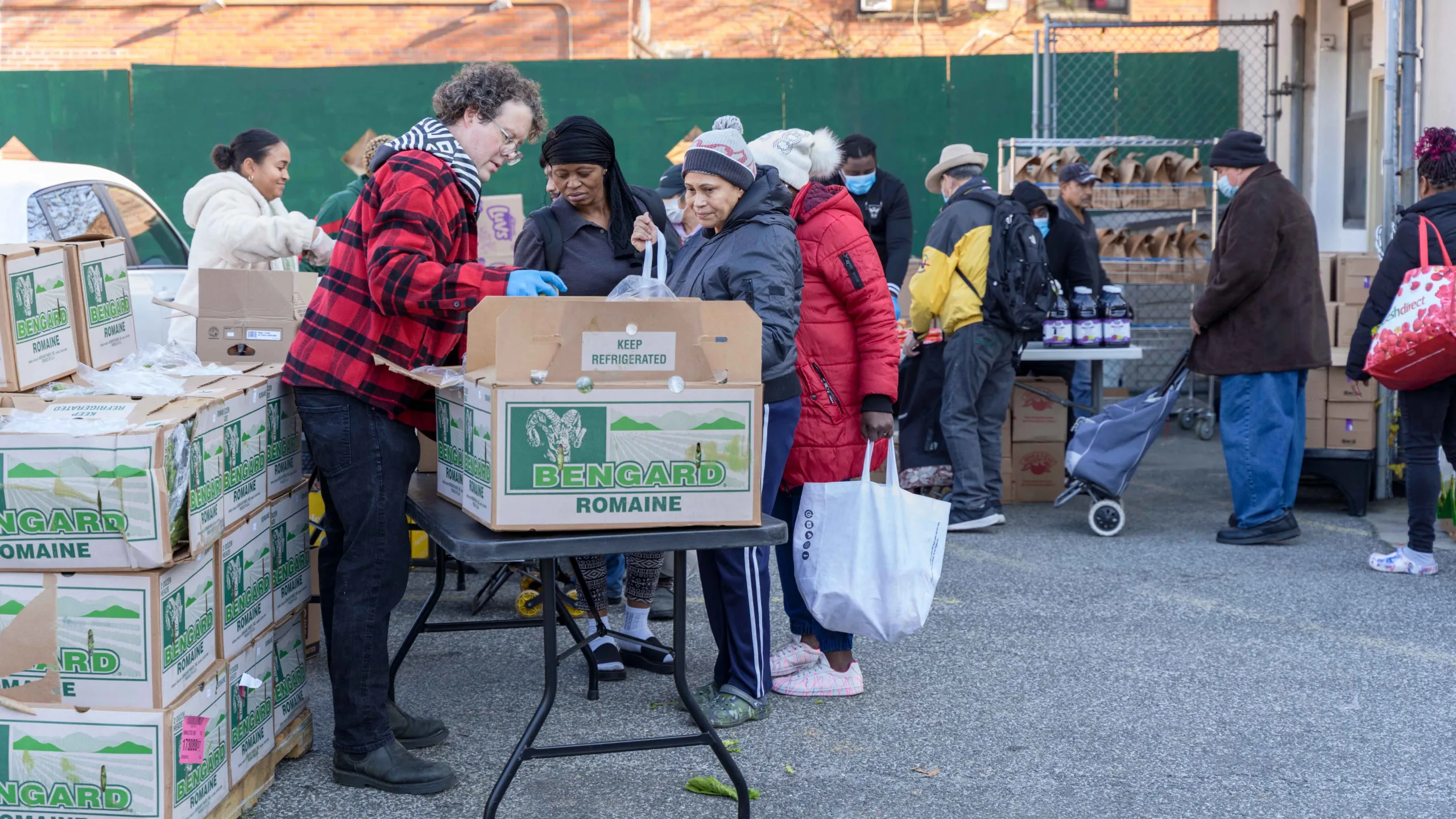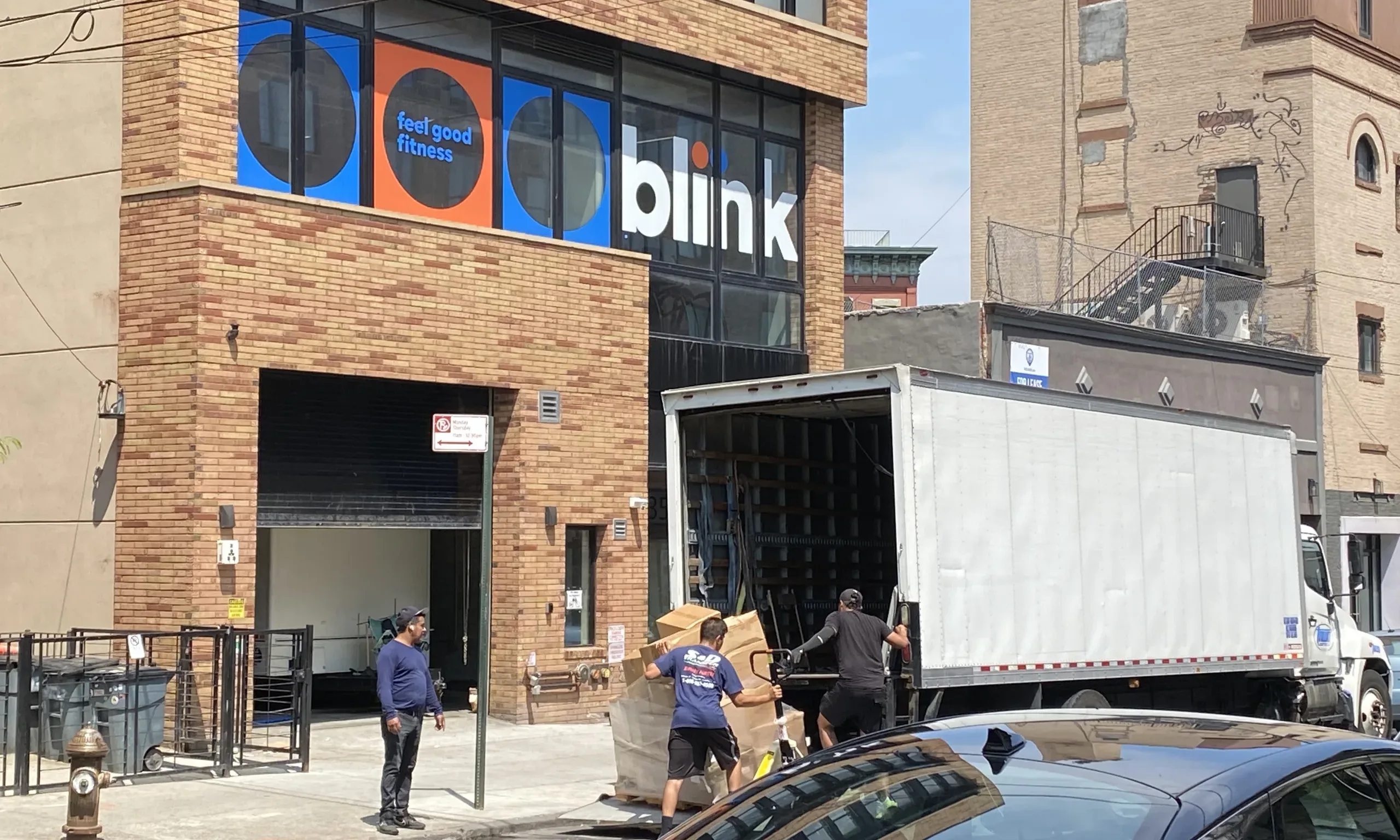The young woman arrived outside 26 Federal Plaza around 5 a.m. for her immigration court hearing. For several hours she stood in line for her scheduled court appointment, not knowing she was waiting in the U.S. Immigration and Customs Enforcement (ICE) check-in line and not the line for court.
By the time the woman entered the building later in the day, she had completely missed her hearing. The judge issued her a deportation order.
“It was too late,” said Michelle Martinez, a supervising staff attorney at the Central American Legal Assistance (CALA) group, who assisted the woman, an asylum-seeker from South America, earlier this year.
In recent months, more than 26,000 migrants have arrived in New York City, overwhelming the New York ICE office. However, advocates and attorneys say the ICE check-in situation outside 26 Federal Plaza, which houses the City’s ICE Office for check-ins, the City’s busiest immigration court, and the U.S. Citizenship and Immigration Services office, has caused additional confusion for immigrants facing court hearings.
If a person misses their immigration court date — as was the case with the young woman helped by CALA — a judge often automatically issues an “in-absentia” deportation order. If the order is not resolved, which is most easily done with the help of a lawyer, individuals could be deported to their home country.
For the judge to rescind a removal order, individuals must file a motion to reopen their case. In cases where someone was at the courthouse, this process can include submitting evidence, like photos, to prove they were there.
“It makes all the difference to have an attorney and to know who to reach out to, and try to diligently get this solved,” Martinez said. “Otherwise, you have an order of removal against you, and with the more time that goes by, the harder it could be to reopen it.”
To fight the deportation order, the woman searched for legal help from CALA. Martinez said a judge eventually granted the motion to reopen the woman’s case, and she will have another chance to appear in court. But the challenges she faced were unnecessary, Martinez said.
“It could have been so easily avoided,” she said. “People are simply trying to comply with their appointments and their obligations, and instead are met with this disorganized chaos when they get there.”
Also Read: Newly Arrived Migrants Battle Dysfunction and a Dearth of Lawyers at New York’s Immigration Courts
For many who come to 26 Federal Plaza, the difference between the ICE check-in line and the line for immigration court dates may not be clear. The line for ICE check-ins sometimes begins the night before, as hundreds of people gather on one side of the building. Around the corner is the line for immigration court with crucial differences — it’s shorter, begins later, and moves more quickly as people are let in for their appointment times.
An absence of signage for the separate lines, a dearth of attorneys to guide individuals through the processes, and a lack of adequate instructions in native languages have left many susceptible to missteps with potentially drastic consequences.
Evangeline Chan, the director of the Immigration Law Project at Safe Horizon, has been practicing immigration law for more than a decade in New York. But the extraordinarily long lines were something new to her. “Those kinds of lines, I don’t remember ever seeing,” Chan said.
On a recent rainy Wednesday morning at 26 Federal Plaza, shortly after 7 a.m., there were about 200 people in the line for check-ins with ICE. The line for immigration court stretched to approximately 50 people. There were no clear signs for where people should file for what appointments, so individuals crammed around security guards and officers to understand where they should stand or asked others already in line.
A guard near the court line told some people appearing for appointments, in English, to show their paperwork, and shouted appointment times for people to step forward. But many spoke other languages, including Spanish, and seemed unsure of the guard’s commands. At one point, more than a dozen people crowded around one guard, holding up their papers and pleading for some direction on where to go.
Jorge, who had arrived from Peru to New York about seven months ago, said he entered the ICE check-in line at 4:30 a.m. He said he assumed that’s where he had to file because there were so many people in line.
It was his first time at 26 Federal Plaza and he had heard through word of mouth that he had to get there early. When he neared the entrance of the building in the ICE check-in line, an official reviewed his paperwork and redirected him to the line for immigration court, he said.
But once he was in line for court and asked for help again, another guard told him in English to go back to the ICE line. Shortly after, he was once again told by a separate guard in Spanish to stay in the immigration court line.
After 8 a.m., as his court time approached, Jorge, who did not give his last name for privacy reasons, was still unsure if he was in the right place. He pointed to a note scribbled on his papers that showed he was supposed to go to the 12th floor, where the immigration court is located.
“I’m kind of confused, mostly because of the language,” Jorge said in Spanish. “And it’s not just me, [it’s confusing] for a lot of people.”
Gesturing to a guard giving out directions, Jorge added, “That man is speaking in English. He’s talking and talking, but there are a lot of people who don’t understand him.”
Selene Nafisi, a staff attorney at The Door’s Legal Services Center, said that she has heard of people with court dates getting turned away from the building and then receiving in-absentia deportation orders. Nafisi has also witnessed some dismissive interactions on behalf of officers towards people in line, she said.
“Unless you say you’re an attorney, my observation has been that they’re not very open to guiding you,” she said.
The immigration backlog at 26 Federal Plaza’s immigration court has grown from more than 118,300 pending cases in fiscal year 2022 to more than 120,400 pending cases in fiscal year 2023, according to data collected through October 2022 from the Transactional Records Access Clearinghouse at Syracuse University.
ICE said in a statement that the agency is “working to address current processing delays at some ICE offices,” and encouraged people to make appointments through the online ICE Appointment Scheduler. The agency said individuals “would not be deemed a no-show for their appointments if they utilize the QR code,” ICE said, referring to codes that individuals can use to send their information to ICE and reschedule appointments.
The agency did not respond to questions about how the ICE check-in lines potentially impact people with immigration court dates.
The Executive Office for Immigration Review declined to comment on the record about how these circumstances are affecting immigration court hearings.
TestPost3
Jorge, like many others who appear at 26 Federal Plaza, doesn’t have an immigration lawyer to counsel him through the court process, making the potential consequences for a simple mix-up more difficult to fight.
“Generally, the people that are going to the physical court right now are people who are not represented,” Nafisi said, adding that the situation “just makes them more vulnerable since they probably don’t know how to navigate their proceedings, let alone the building.”
David Flores, a 48-year-old man from Peru who was waiting outside of 26 Federal Plaza for his wife to come out of her ICE check-in, said that the situation outside the building had made his wife feel nervous that she was going to unknowingly break regulations in her new country. They had arrived at 3 a.m. to make it inside the building.
“If she presents herself, it’s because she wants to do everything according to the law,” he said.












